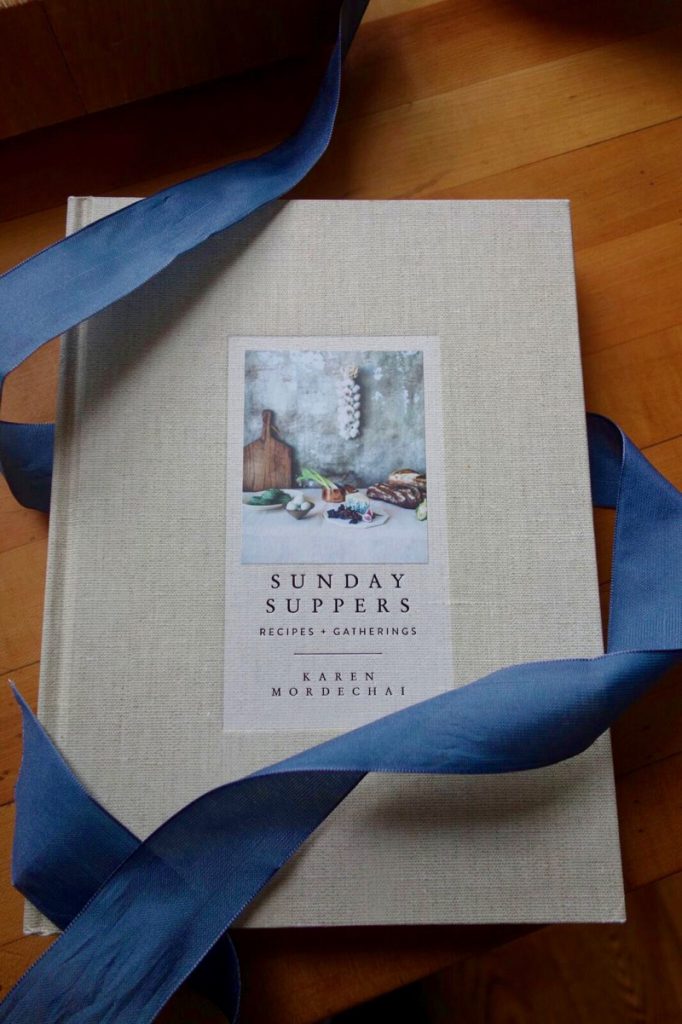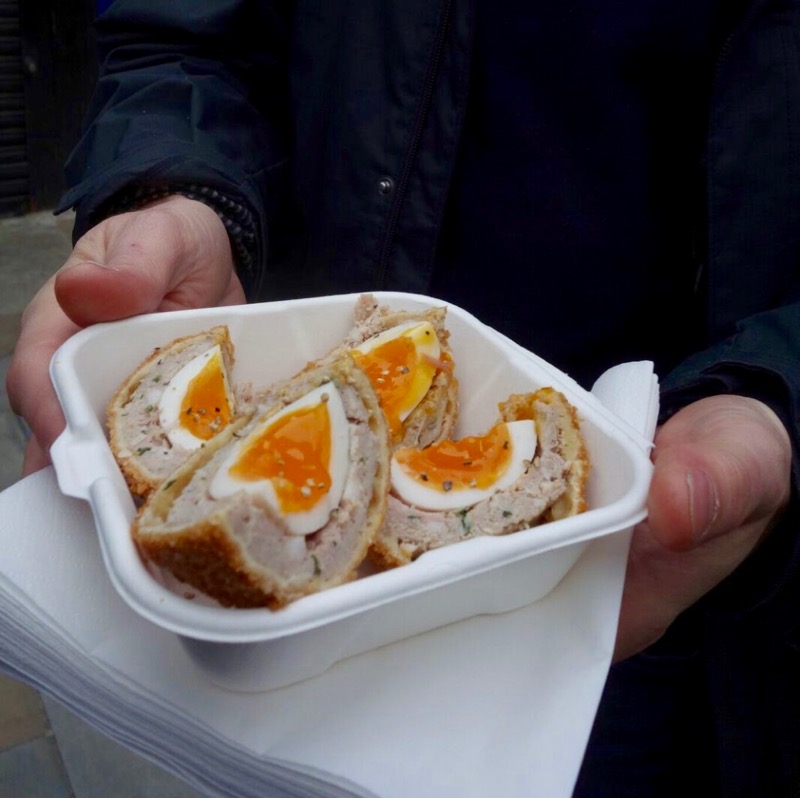
I am so pleased to introduce today’s guest-poster, friend and novelist Sonya Terjanian, author of, most recently, The Runaways. Her book follows the dovetailing stories of a teenage girl and a middle-age mother of two, both of whom find themselves at crossroads and decide to indulge their instincts to escape unfulfilled everyday lives. Most of the action (often harrowing, page-turning action) takes place in a vacation house that belongs to someone else — fitting given that this is Sonya’s preferred strategy for exploring the world with her own family of four. Here she is talking about house swapping…take it away, Sonya!
——–
Anybody who reads this blog regularly knows that Jenny and Andy love to stay in Airbnb’s when they travel, because it means they can shop at farmers markets and cook meals at home, providing plenty of fodder for those “let’s sell our house and come live here” fantasies we all have while on vacation.
My family loves traveling that way too, but instead of staying in Airbnb’s, which didn’t exist when our kids were small, we’ve always done home exchanges. We’ve averaged one exchange per year for the past fifteen years, swapping with families from New Orleans to Barcelona to Sardinia, and every single one has been an unforgettable experience.
For spring break this year, we picked a house in London. (England’s break matches ours – important to figure out when shopping for an exchange involving school kids!) I’ve pulled together a few trip highlights to explain everything we love about home exchanging.
The Long Distance Love Affair I often compare home exchanging to online dating. There’s a brief flirtation period when you ask lots of questions (Do you like cats? How old are your kids? Do you enjoy long walks on the beach?), and then you enter into a relationship built on mutual trust. We’ve actually formed lasting friendships with exchangers, which is the kind of souvenir you can’t buy at the airport.
On this trip, we found a family with two kids and two cats – just like us! The minute we walked into their house it was love at first sight.
Not only did they have incredible taste (nobody does wallpaper like the British), but their kitchen was large and bright and well equipped. They left us a well curated list of local shops and restaurants, plus – hello! – a bottle of wine and some chocolate. (We like to leave our guests chocolate chip cookies because they’re delicious and oh-so-American.) Throughout the week we stayed in touch on WhatsApp; as in any relationship, communication is key. When we accidentally broke the lid of their trash can, we fessed up immediately and got them a gift certificate to their favorite kitchen store. And when we came home, we found this:

.
The perfect addition to our cookbook collection! (It’s not necessary to leave gifts for your exchangers, but we certainly don’t complain when someone does.)
The Most Important Room in the House For us, it’s not about blingy bathrooms or extravagant entertainment systems. When we look for an exchange, we’re mostly interested in the kitchen. And on this trip, the kitchen definitely delivered.

.
Behold the Aga: the behemoth cast iron oven that people in England seem to associate with drafty castles and wellie-wearing aristocracy. (“Does the house come with a staff?” someone asked when we told them about the oven situation.) The Aga is always on; the cast iron stores cooking power from a small heat source. Each compartment maintains a different temperature – one for roasting, one for baking, and one for slow cooking. After skimming the novel-length manual, we brought home some farmers market loot and roasted it up: chicken in the upper oven, veggies down below, with a little “streaky bacon” added for flavor.
We overcooked the chicken a bit (someone got distracted by our hosts’ Playstation), but the skin crisped up beautifully and the meat had that kind of deep flavor you can only get from chatting with a market vendor about her small organic chicken farm in the countryside.

.
Of course, after long days trekking around London we didn’t always have the energy for cooking from scratch. Fortunately every market seems to have a pie vendor, selling everything from steak-and-kidney to chicken-and-leek to scotch eggs. The Brits eat a lot of these pies cold or at room temperature, but we would pop them into the Aga for a few minutes while we tossed a simple salad. Heaven!
Baby, You Can Drive My Car. Or Not. We almost always try to work out a car swap with our exchangers. Usually we’ll leave our car in the airport parking garage and text the location to our exchangers, who pick it up when they arrive; then we do the same on the other end. This time, however, our exchange partners owned a stick shift. It occurred to us that opposite-side-of-the-car shifting combined with opposite-side-of-the-road driving was a recipe for disaster. We decided to stick with public transportation.
In London, it turns out that getting from Point A to Point B is just as much fun as anything Point A or Point B might have to offer. The bus system is super easy to use, and there’s nothing like snagging the front seat in one of those big red double deckers. You feel like you’re flying through the city!
You can buy an Oyster card in any station, and use it to take the bus, train, Tube, or my favorite – boat. We took a Thames Clipper to Greenwich, where you can visit the Prime Meridian, plus loads of museums and a fantastic flea-and-food market.
Uber is everywhere in London, and for the insanely brave, there are lots of bike-sharing options. You should also take at least one ride in a ridiculously charming black cab, aka a Hackney.
Spend Time, Not Money When you remove the cost of accomodations, car rentals and restaurant meals, you’re suddenly free to stretch out your vacation as long as you want to. We’ve found that most non-Americans like to take long holidays, so we’ve never had trouble finding two- or even three-week-long exchanges. When you have that kind of time, you can relax and get into the local rhythm of life, deciding to, say, skip the museum for an afternoon lying in the grass.

.
You can also allow yourself to splurge on experiences you might not otherwise be able to afford. On this trip we decided to indulge in afternoon tea at a fabulous London instution, the five-star Goring Hotel.
From the waistcoated footmen to the velvet flocked walls, this place is soaked in English luxury. And while the scones and cakes that come with afternoon tea are delicious, the best part of the experience is the service. No sooner have you lifted the last finger sandwich from the tray, than someone has appeared out of thin air with a fresh batch. When my son forgot to use the little tea strainer and tried pouring his cup back into the pot for a re-do, the whole thing was gently whisked away in the most non-judgemental manner possible, and replaced with a fresh pot.

.
And when I started taking pictures in front of the hotel, there was one of those footmen, offering to get all of us in the photo, snapping away until he got one with all eyes open and everyone smiling. I don’t think we’ve stopped smiling since.
The Details We use HomeExchange.com, which offers an easy-to-use interface with good tools for organizing and committing to exchanges. We pay a yearly fee, but there are also free sites out there, so do your research. Once you list your home and start shopping around, my biggest piece of advice would be to communicate very clearly and openly with potential partners. Ask lots of questions before you commit to an exchange – once airline tickets are bought, you can’t change your mind! And above all, remember to treat other exchangers and their homes the way you would like to be treated. That’s what makes the system work, and I can honestly say, it works.

.
Thank you, Sonya! Need plane reading? Check out her new “charming and disturbing” book, The Runaways.







My lovely and generous sister arranged for all us daughters to stay at the Goring overnight for my mutti’s 80th birthday. It was just lovely, initially a bit intimidating as we had to wait for our rooms to be prepared. The hotel gave us tea and the waiter was fantastic, attentive, funny but not snide, warm and friendly. It takes real skill to get the balance right and he nailed it.
I totally agree! You can have all the marble and gold leaf in the world, but it means nothing if you don’t understand how to make people feel welcome and valued.. (A statement I just realized has broad relevance in our country today…)
Such great tips and a nice introduction into another way to vacation. Thank you!
This looks like a wonderful trip. That silver tea pot is beautiful.
I loooooove my AGA!!
As a Brit living in London, this has really tickled me!! She’s hit the nail on the head with some of our strange customs, but two small things:
1. Agas aren’t just for the aristocracy/ drafty castles! They’re beloved by SO many people, but often found in older homes/ farmhouses/ cottages. To find one in London is reasonably unusual! They’re also for so much more than cooking- I once heard someone say “to only use an aga for cooking is like having a car and just sitting in it to listen to the radio” 🙂
2. We definitely don’t eat most pies cold! Pasties and scotch eggs- yes, typically cold. Pork pies, also typically cold. But steak and kidney/ chicken and leek/ etc- would almost always be eaten hot!
For any future visitors to London- there’s definitely no need for a car here. It’ll almost always take you longer to get anywhere, parking in London can be woeful, and our public transport is absolutely fantastic. I’m glad Sonya and family discovered the joy of the front seat on the top deck of a double decker too, because it’s one of my greatest joys in life.
London is great, and it’s always entertaining to hear American perspectives on our English quirks!